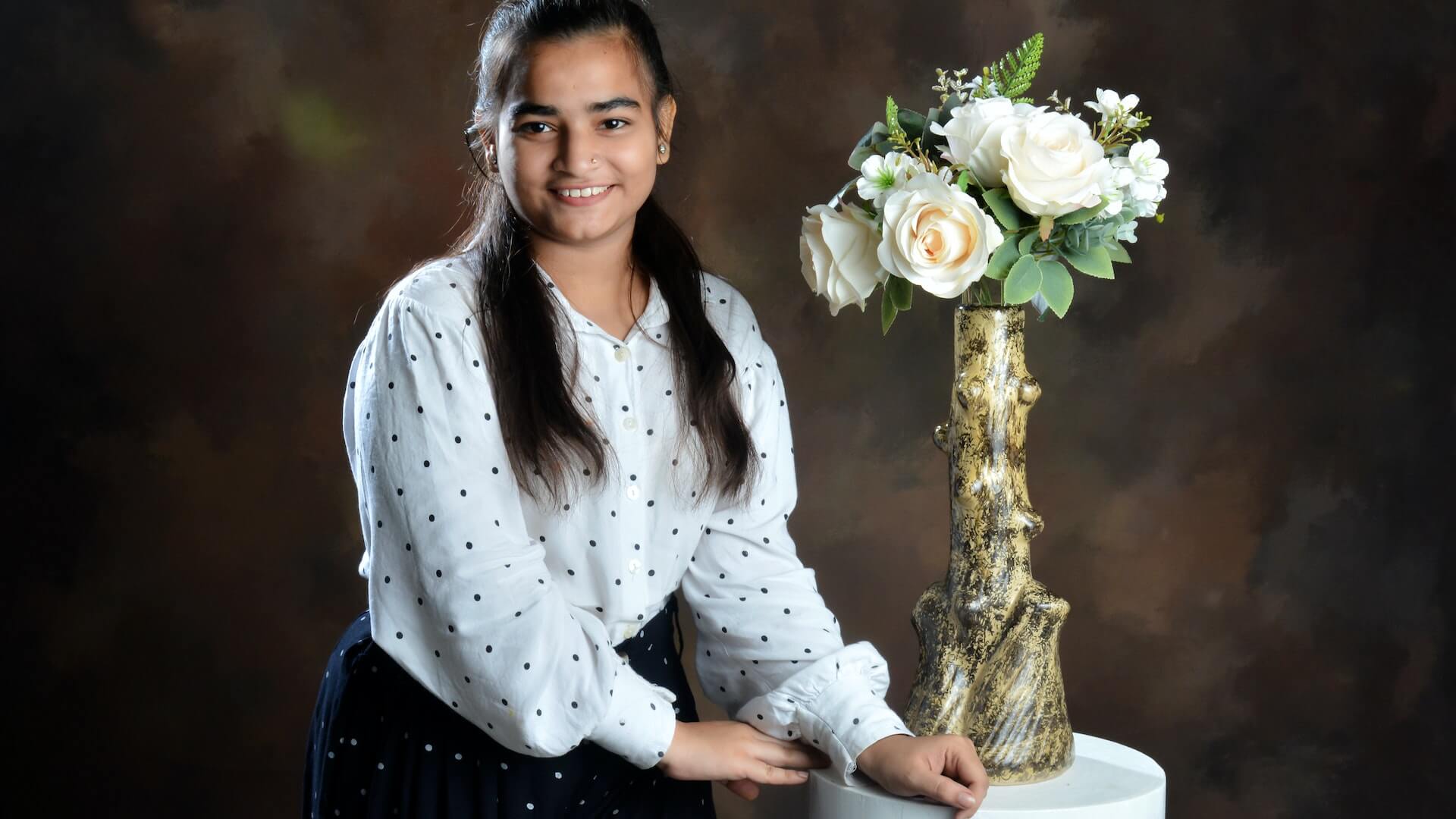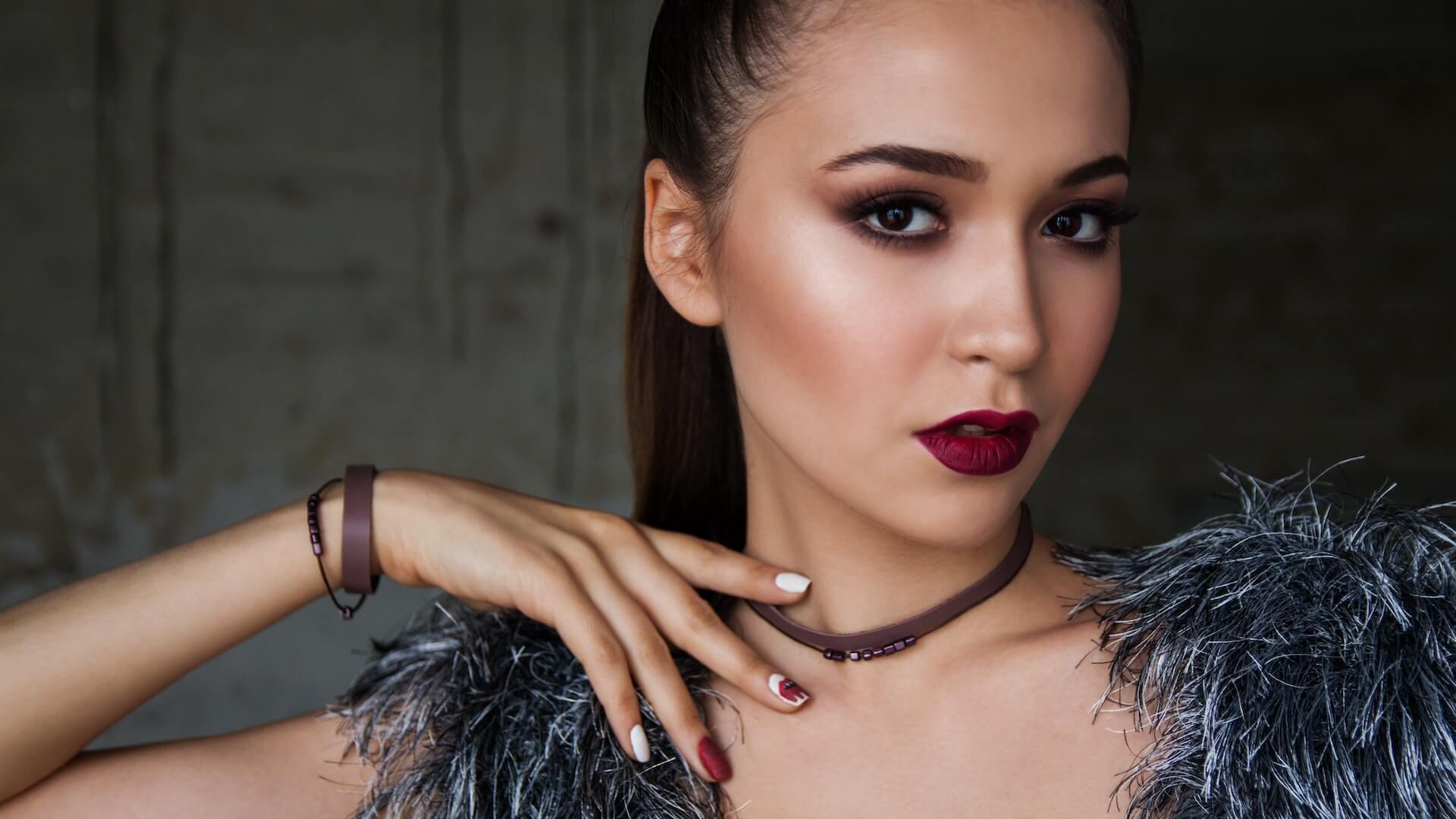Portrait photography is a beautiful way to capture moments in people’s lives. It’s a highly sought-after skill, and for a good reason. A well-taken portrait can capture a person’s essence, emotion, and personality, and freeze it in time. However, taking great portraits is easier said than done. It requires more than just point and shoot; portrait photography is an art form that demands a keen eye for detail, technical expertise, and good communication skills. In this post, we’re going to share with you our top tips to enhance your portrait photography skills. With these tips, you’ll be able to capture the perfect moment every time, and create stunning portraits that you can be proud of. From lighting, composition, and posing to equipment and editing, we’ve got you covered. So, whether you’re a budding photographer or a seasoned pro, read on to learn how to take your portrait photography to the next level.
Introduction: The power of portrait photography
Portrait photography has the incredible ability to capture the essence of a person, freezing a moment in time and telling their unique story. It goes beyond simply taking a picture; it is an art form that requires skill, creativity, and a keen eye for detail. The power of portrait photography lies in its ability to evoke emotions, convey personality, and create a lasting impression.
A well-executed portrait has the ability to make a lasting impact on both the subject and the viewer. It can reveal the intricate details of a person’s character, their joys, their struggles, and their vulnerabilities. It can capture the twinkle in someone’s eyes, the warmth of a smile, or the depth of their thoughts. In a world where digital interactions dominate, portrait photography offers a tangible and intimate connection, allowing the viewer to truly see the person behind the image.

Whether you are a professional photographer or an amateur enthusiast, mastering the art of portrait photography can elevate your skills to new heights. It requires a combination of technical knowledge, artistic vision, and effective communication with your subject. From selecting the right lighting and composition to directing your subject and creating a comfortable atmosphere, every element plays a crucial role in capturing that perfect moment.
Understanding the importance of lighting in portrait photography
When it comes to portrait photography, lighting plays a vital role in capturing the perfect moment. It has the power to transform a simple image into a breathtaking work of art. Understanding the importance of lighting and knowing how to manipulate it can elevate your portrait photography to new heights.
First and foremost, natural light is a photographer’s best friend. It provides a soft and flattering glow that can enhance the subject’s features and create a natural, authentic look. When shooting outdoors, try to schedule your sessions during the golden hour – the period shortly after sunrise or before sunset when the light is warm and diffused. This magical time of day offers a beautiful, soft light that adds depth and dimension to your portraits.

However, if natural light is not available or suitable for your shoot, artificial lighting can be a valuable tool in your arsenal. Studio lighting, such as softboxes and strobes, allows you to have complete control over the intensity, direction, and quality of light. Experimenting with different lighting setups, such as Rembrandt lighting or butterfly lighting, can create dramatic effects and add a professional touch to your portraits.
In addition to the type of lighting, it’s crucial to pay attention to the positioning of the light source. Front lighting, where the light source is directly in front of the subject, provides even illumination and minimizes shadows. Side lighting, on the other hand, can add depth and texture to the image by casting shadows on one side of the face. Backlighting, where the light comes from behind the subject, creates a beautiful halo effect and can produce stunning silhouettes.
Furthermore, understanding how to manipulate light using modifiers can greatly enhance your portraits. Reflectors, for instance, can bounce light back onto the subject, filling in shadows and creating a more balanced exposure. Diffusers can soften harsh light, resulting in a more flattering and softer appearance. These simple accessories can make a significant difference in the overall look and feel of your portraits.
Mastering composition techniques for captivating portraits
Mastering composition techniques is crucial in creating captivating portraits that truly capture the essence of your subject. Composition refers to how elements are arranged within the frame and how they interact with each other. By understanding and applying various composition techniques, you can elevate your portrait photography to the next level.
One important technique to consider is the rule of thirds. This involves dividing the frame into a grid of nine equal parts – three horizontal lines and three vertical lines. The key elements of your portrait, such as the subject’s eyes or face, should ideally be placed along these lines or at their intersections. This creates a more balanced and visually pleasing composition.

Another technique to experiment with is leading lines. These are lines within the frame that guide the viewer’s eye towards the subject. They can be actual lines, such as a road or a fence, or implied lines created by the arrangement of objects or the subject’s pose. Utilizing leading lines adds depth and helps draw attention to your subject, making the portrait more engaging.
Additionally, the use of framing can greatly enhance your portraits. This involves incorporating elements in the foreground that frame the subject, drawing attention to them. It could be a doorway, a window, or even natural elements like foliage. Framing adds layers and context to your portraits, creating a more visually interesting and storytelling image.
Furthermore, paying attention to the background is essential in portrait composition. Ensure that the background is clean and uncluttered, avoiding any distractions that may take away from the focus on the subject. Consider using a wide aperture to create a shallow depth of field, effectively blurring the background and isolating the subject.
Lastly, don’t be afraid to experiment with different angles and perspectives. Get down low or shoot from above to add variety and create unique compositions. Changing your vantage point can offer fresh and unexpected results, allowing you to capture the subject’s personality and essence in new and exciting ways.
Posing tips for natural and flattering portraits
Whether you are photographing professional models or everyday people, these posing tips will help you bring out the best in your subjects and enhance the overall quality of your portraits.
1. Encourage Relaxation:
One of the keys to achieving natural poses is to make your subjects feel at ease. Start by engaging in friendly conversation to help them relax and feel comfortable in front of the camera. This will allow their genuine personalities to shine through and result in more natural and relaxed poses.
2. Use Guided Movement:
Instead of asking your subjects to stand stiffly in one position, encourage them to move and interact naturally. This could include walking, twirling, or even playing with their hair or clothing. Movement adds a dynamic element to your portraits and helps to capture authentic moments.
3. Focus on Body Language:
Pay attention to your subject’s body language and guide them to adopt poses that flatter their physique. For example, emphasizing good posture can make someone appear more confident and attractive. Additionally, positioning their body at a slight angle towards the camera can create a slimming effect.
4. Use Props and Accessories:
Props can add interest and variety to your portraits. Encourage your subjects to interact with props that align with their personality or the theme of the shoot. This can include items such as umbrellas, hats, books, or even simple objects like flowers. Props can not only enhance the composition but also provide something for your subjects to interact with, resulting in more natural and relaxed poses.
5. Focus on Facial Expressions:
The face is the most important element in portrait photography. Guide your subjects to express genuine emotions, such as laughter, joy, or contemplation. Encourage them to relax their facial muscles and avoid forced smiles. Candid and natural expressions add depth and authenticity to your portraits.
Utilizing the right camera settings for stunning results
The camera settings you choose can enhance the overall mood, clarity, and focus of your portraits, allowing you to create images that truly showcase the beauty and personality of your subjects.
One of the first settings to consider is the aperture. By selecting a wide aperture (lower f-number), such as f/1.8 or f/2.8, you can achieve a shallow depth of field. This will create a beautiful bokeh effect, where the background is blurred, and your subject is the main focal point. This technique can help to isolate your subject, drawing attention to their features and expressions.
Another important setting is the shutter speed. When shooting portraits, it’s essential to use a fast enough shutter speed to eliminate any motion blur. This is particularly important when photographing subjects who may be moving or when shooting in low-light conditions. A general rule of thumb is to keep your shutter speed at least 1/125th of a second or higher to ensure crisp, sharp images.
ISO is another setting that can greatly impact your portrait photography. In well-lit conditions, it’s recommended to keep your ISO as low as possible to minimize noise and maintain image quality. However, in low-light situations, you may need to increase your ISO to achieve proper exposure. Just be mindful that increasing ISO too much can result in grainy or noisy images, so finding the right balance is key.
Lastly, consider the white balance setting. Different lighting conditions can cast different color temperatures on your subjects, affecting the overall tone of your photos. Adjusting your white balance to match the lighting conditions can help to ensure accurate and natural-looking skin tones.
Choosing the perfect location for your portrait shoot
Choosing the perfect location for your portrait shoot is crucial in creating stunning and captivating photographs. The location sets the tone, adds visual interest, and complements the subject’s personality or the desired theme of the shoot.

Consider the following factors when selecting a location:
1. Purpose:
Determine the purpose of the portrait shoot. Are you aiming for a natural outdoor setting, an urban backdrop, or a studio environment? Understanding the purpose will help narrow down your options.
2. Theme or Style:
Think about the style or theme you want to portray in your photographs. If you’re going for a romantic feel, a serene park or a picturesque beach might be ideal. For an edgier look, an urban street or a graffiti-filled alleyway could be more appropriate. Aligning the location with the desired theme will enhance the overall aesthetic of your portraits.
3. Lighting:
Assess the lighting conditions of potential locations. Natural light is often preferred for its soft, flattering effect. Consider the time of day and how the light will interact with the surroundings. For example, shooting during the golden hour (the hour before sunset or after sunrise) can provide a warm and dreamy ambiance.
4. Accessibility:
Ensure that the location is easily accessible for both you and your subject. If the location requires a long hike or difficult navigation, it may affect the comfort and overall experience of the shoot.
5. Background and Composition:
Pay attention to the background elements and how they will complement or enhance the subject. Look for interesting textures, colors, or architectural features that can add depth and visual interest to the photographs. Experiment with different angles and perspectives to create compelling compositions.
6. Permits and Restrictions:
Some locations may require permits or have certain restrictions for photography. Before finalizing a location, research and obtain any necessary permissions to avoid any legal issues.
Directing and connecting with your subjects to create genuine expressions
Your ability to establish a genuine connection with your subjects will greatly enhance the quality and authenticity of their expressions.
One effective technique is to engage in conversation with your subjects before and during the photoshoot. Take the time to get to know them, understand their personality, and identify what makes them feel comfortable and relaxed. This will help them feel at ease in front of the camera, allowing their true personalities to shine through.

As you direct your subjects, provide clear and concise instructions while also allowing room for their natural movements and expressions. Encourage them to interact with their environment, whether it’s through gentle movements, exploring a prop, or simply encouraging them to express themselves freely. By doing so, you can capture candid moments that showcase their true emotions and create more dynamic and engaging portraits.
Another important aspect of directing is to pay attention to body language and facial expressions. Guide your subjects in posing positions that are flattering and natural, while also ensuring that their body language conveys the desired mood or message. Be aware of any tension or discomfort and make adjustments accordingly.
Additionally, maintaining good communication throughout the photoshoot is essential. Provide positive feedback and encouragement to boost your subjects’ confidence and help them feel more comfortable in front of the camera. Remember to always be patient, understanding, and respectful of their boundaries.
Editing techniques to enhance your portraits in post-production
After capturing the perfect moment in your portrait photography, the next step is to enhance your images in post-production. This is where editing techniques come into play, allowing you to transform your already stunning portraits into true works of art.
One of the most fundamental editing techniques is adjusting the exposure. This involves controlling the brightness and darkness of your image, emphasizing the subject’s features, and bringing out the desired details. By finding the right balance, you can create a visually captivating portrait that highlights the subject’s unique qualities.
Another essential editing technique is color correction. This involves fine-tuning the colors in your image to achieve a harmonious and balanced look. You can adjust the white balance, saturation, and vibrance to ensure that the colors accurately represent the scene and evoke the desired mood. Whether you want to create a warm and cozy ambiance or a vibrant and energetic atmosphere, mastering color correction techniques will greatly enhance the impact of your portraits.
Furthermore, sharpening and enhancing details can make a significant difference in your portraits. With the right tools and techniques, you can bring out the intricate textures, define facial features, and make your subject stand out. Be cautious not to overdo it, as excessive sharpening can result in a harsh and unnatural look. Striking the right balance is key to achieving a polished and professional finish.
Additionally, don’t be afraid to experiment with various artistic effects and filters to add a creative touch to your portraits. Black and white conversions can create a timeless and dramatic feel, while vignetting can draw attention to the subject by darkening the edges of the frame. These techniques can help you infuse your portraits with personality and evoke specific emotions.
Remember, editing should enhance the already exceptional qualities of your portraits, not completely alter their essence. Keeping the editing process subtle and natural will ensure that your portraits maintain their authenticity and captivate viewers with their genuine beauty.
Conclusion
Capturing the perfect moment in a portrait can be a challenging task, but with the right tips and techniques, it becomes an art form. By following the advice we’ve shared, you’ll be able to take your portrait photography to the next level and create stunning, captivating images that truly capture the essence of your subjects. So grab your camera, experiment with different lighting, poses, and settings, and let your creativity shine through. We can’t wait to see the incredible moments you’ll capture!




One Comment